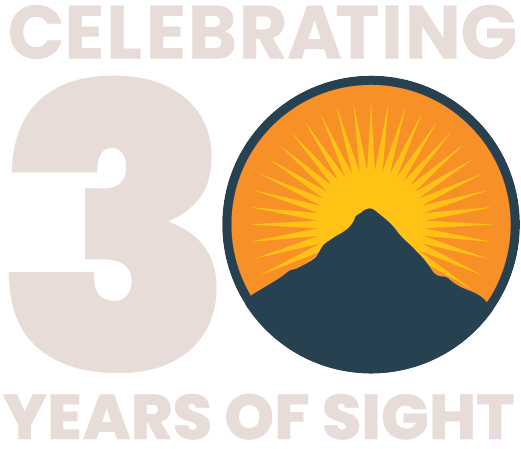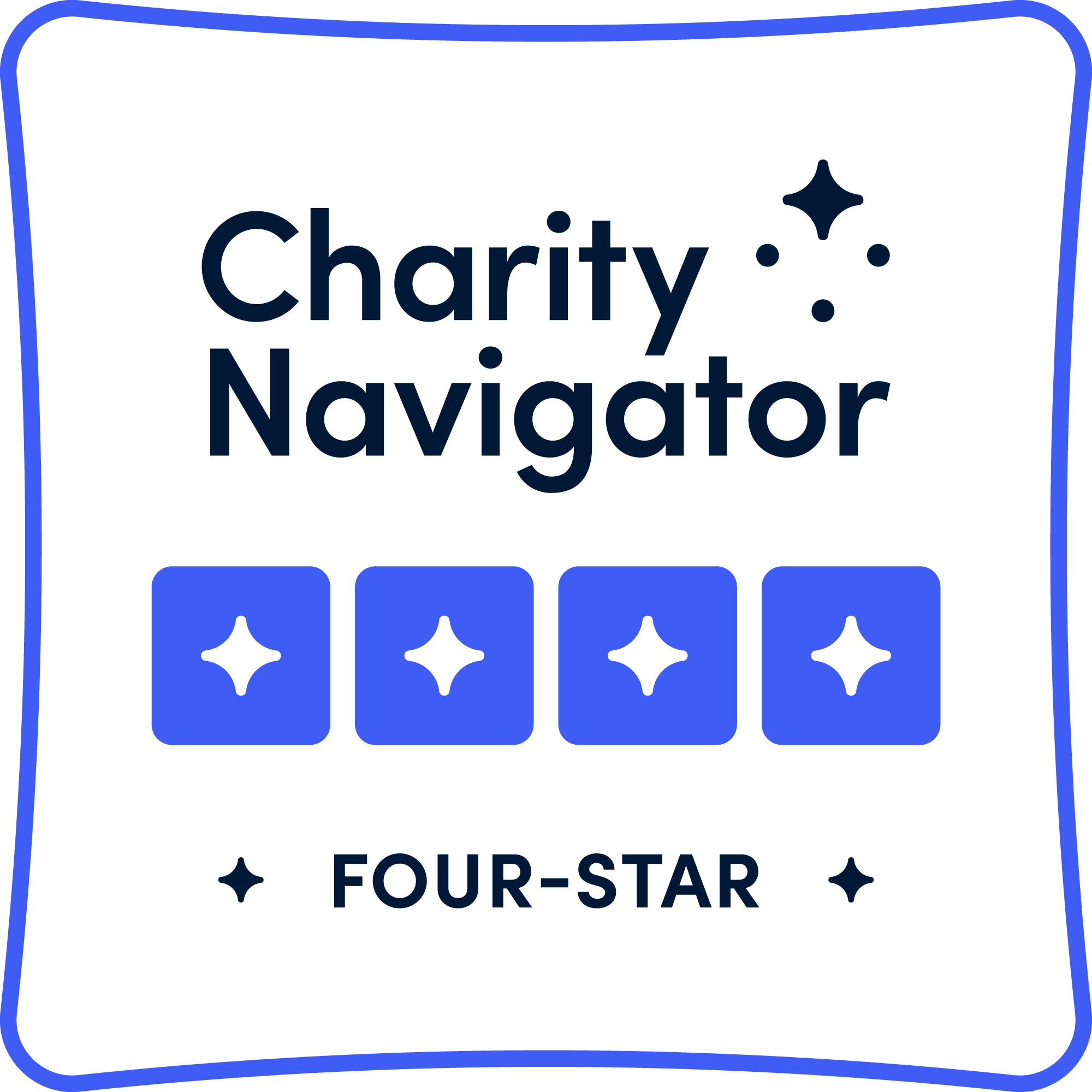Then & Now: Types of Blindness We Treat
While on his descent from Mt. Everest in 1988, Dr. Geoff Tabin came upon a Dutch ophthalmologist performing sight-restoring cataract surgeries in a rural village in the shadow of the Himalayas. The conditions were primitive. The people isolated. Yet, doctors found a way to travel to patients and provide life-changing care.
This encounter changed the trajectory of Dr. Tabin’s career. Energized to dedicate his life towards the restoration of sight to those without access to care, he partnered with Nepalese Dr. Sanduk Ruit to co-found the Himalayan Cataract Project in 1995.

In the beginning, the NGO primarily performed only cataract surgeries.
Today, Cure Blindness Project restores sight caused by a range of conditions. This expanded scope was a deciding factor to rebrand to Cure Blindness Project to better reflect our work.
Cure Blindness Project volunteer ophthalmologists and those trained by Cure Blindness Project perform thousands of cataract surgeries annually, but also sight-restoring corneal transplants, surgeries to correct strabismus (crossed eyes), and surgeries to correct trachomatous trichiasis.
Doctors are today trained to treat retina disease as well as diagnose, treat and manage glaucoma, diabetic retinopathy, and other eye illnesses.
Partner doctors are leading innovative research that will further understanding of the causes and cures for eye illness that affect their regions. These thought leaders are presenting original research and results at regional medical conferences to share their knowledge further.
Additionally, blindness prevention programs train and support local community health workers to treat corneal abrasions that may eventually result in blindness, and refer patients who need more specialized care.
What started with “let us cure blindness caused by cataracts” has evolved to “let us cure blindness”. This ambitious goal is possible through the partnership and commitment of volunteers, residents and partner faculty who work cooperatively towards this end.







